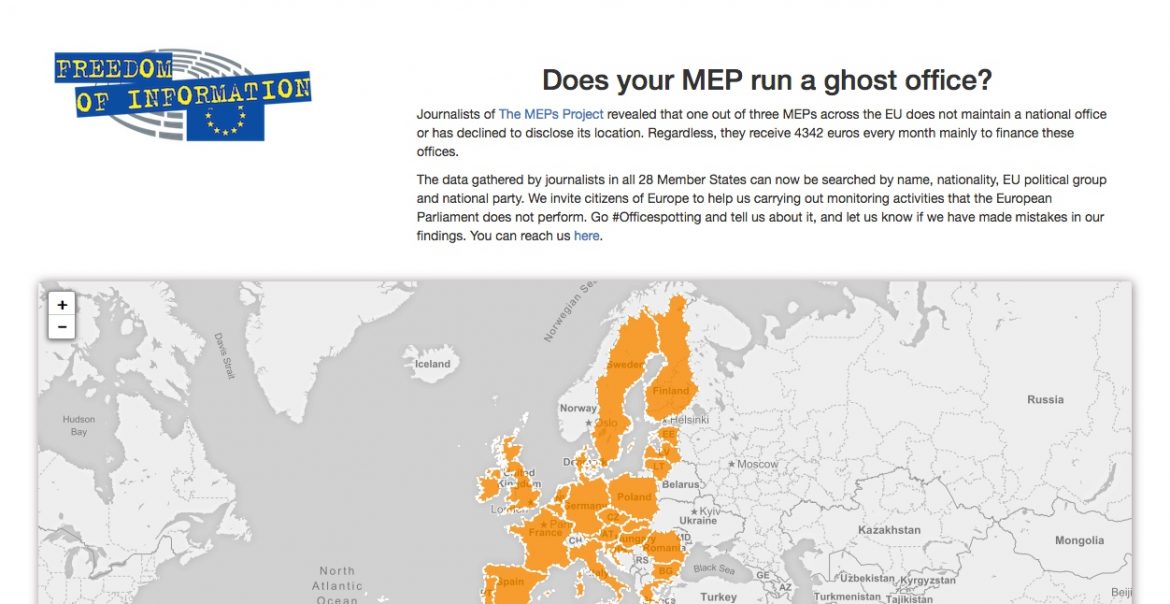Investigations
Barbara Demeneix: ”Detrimental effects on IQ”
|
Barbara Demeniex, Professor of Biology at the Laboratoire Evolution des Régulations endocriniennes (Centre national de la recherche scientifique – CNRS and Muséum national d’Histoire naturelle – MNHN) in Paris:
”The scientific evidence clearly shows that prenatal exposure to chlorpyrifos has detrimental effects on IQ and brain cortex thickness. Chlorpyrifos is toxic for the central nervous system, i.e. neurotoxic, and it is an endocrine disruptor, notably of thyroid signalling. Chlorpyrifos can thus interfere with brain development.”
”In 2012, it was shown that brain cortex thickness is significantly reduced as a result of prenatal chlorpyrifos exposure. Recently, French researcher Vincent Laudet has demonstrated unequivocally that chlorpyrifos is a thyroid disrupting chemicals. One can wonder why it has not already been banned.”
”A partial answer comes from the fact that the agencies evaluating the risk were misled by the manufacturer’s dossier where brain endpoints were not correctly reported, underestimating the effects, as shown by a recent paper by Axel Mie and colleagues.”
”In 2015, we evaluated the cost of exposure to organophosphate pesticides – Chlorpyrifos being the most used in the EU.

